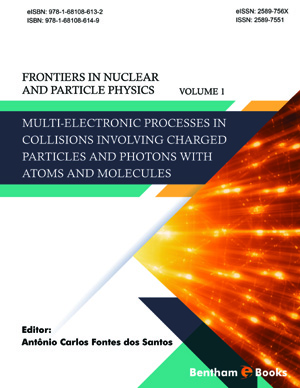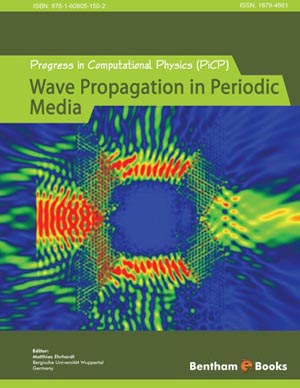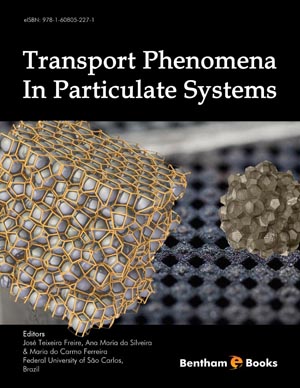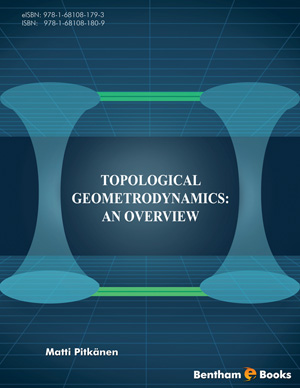Abstract
Starting with the unperturbed solution, we now build a general, arbitrarily accurate analytic solution to the perturbed Kepler problem, assuming that the perturbation is proportional to a small parameter denoted ε.1 This is done in an iterative manner, where the crucial step is constructing an ε-accurate solution; subsequent iterations then follow the same pattern. The chapter involves a lot of tedious but inevitable algebra, and needs to be read in detail only by those who want to understand the derivation of all key formulas. Anyone interested only in applications of the technique should proceed directly to the chapter’s last section (the technique’s summary).
In terms of actually solving (1.29), it is convenient to treat separately two distinct cases:
1. The autonomous case, in which the perturbing force εf has no explicit time dependence.
2. The case of εf being an explicit (we will assume periodic) function of time.
In either case, we find it convenient to work in the orbit’s Kepler frame, introduced in (1.16); we have yet to elaborate on some of the details.













